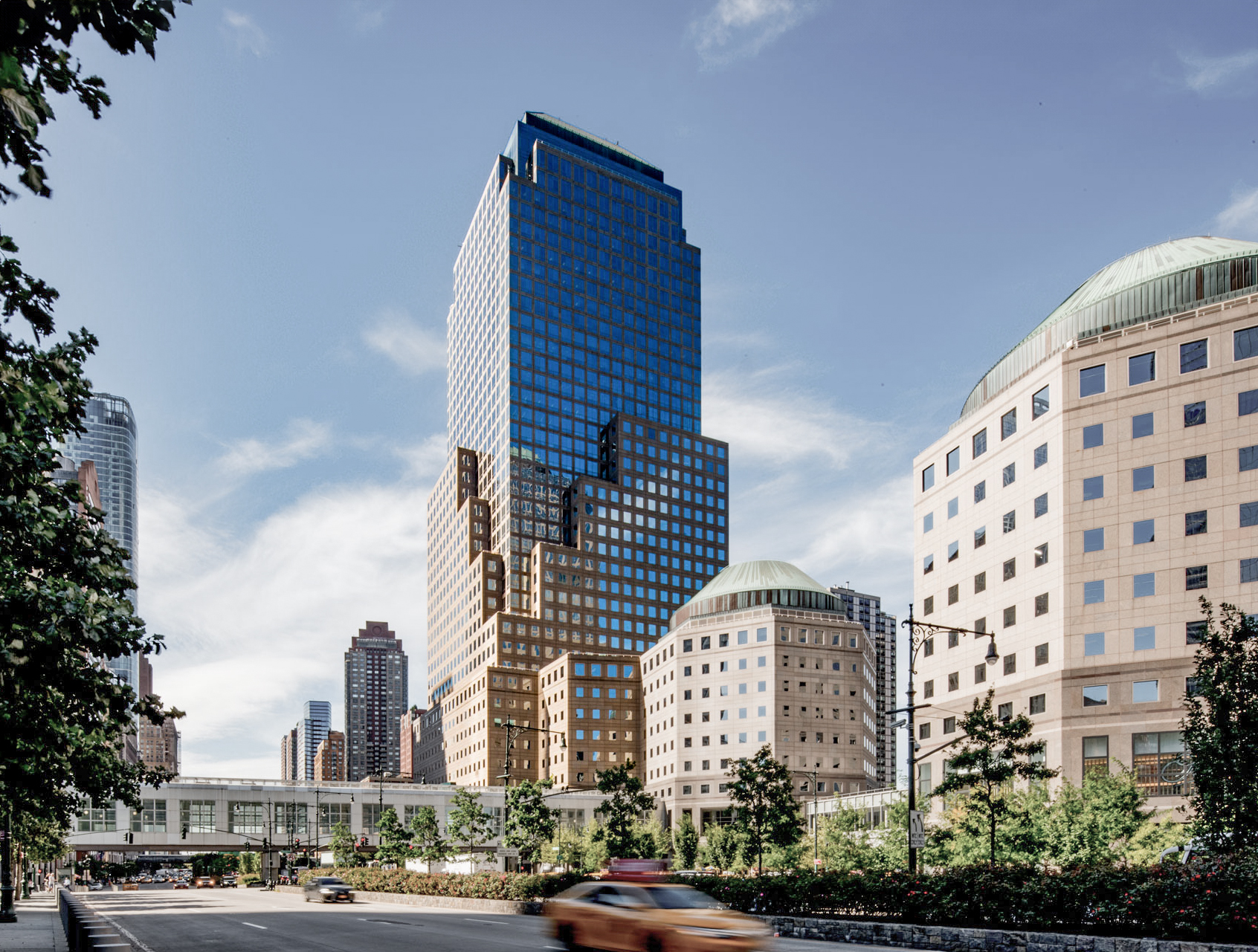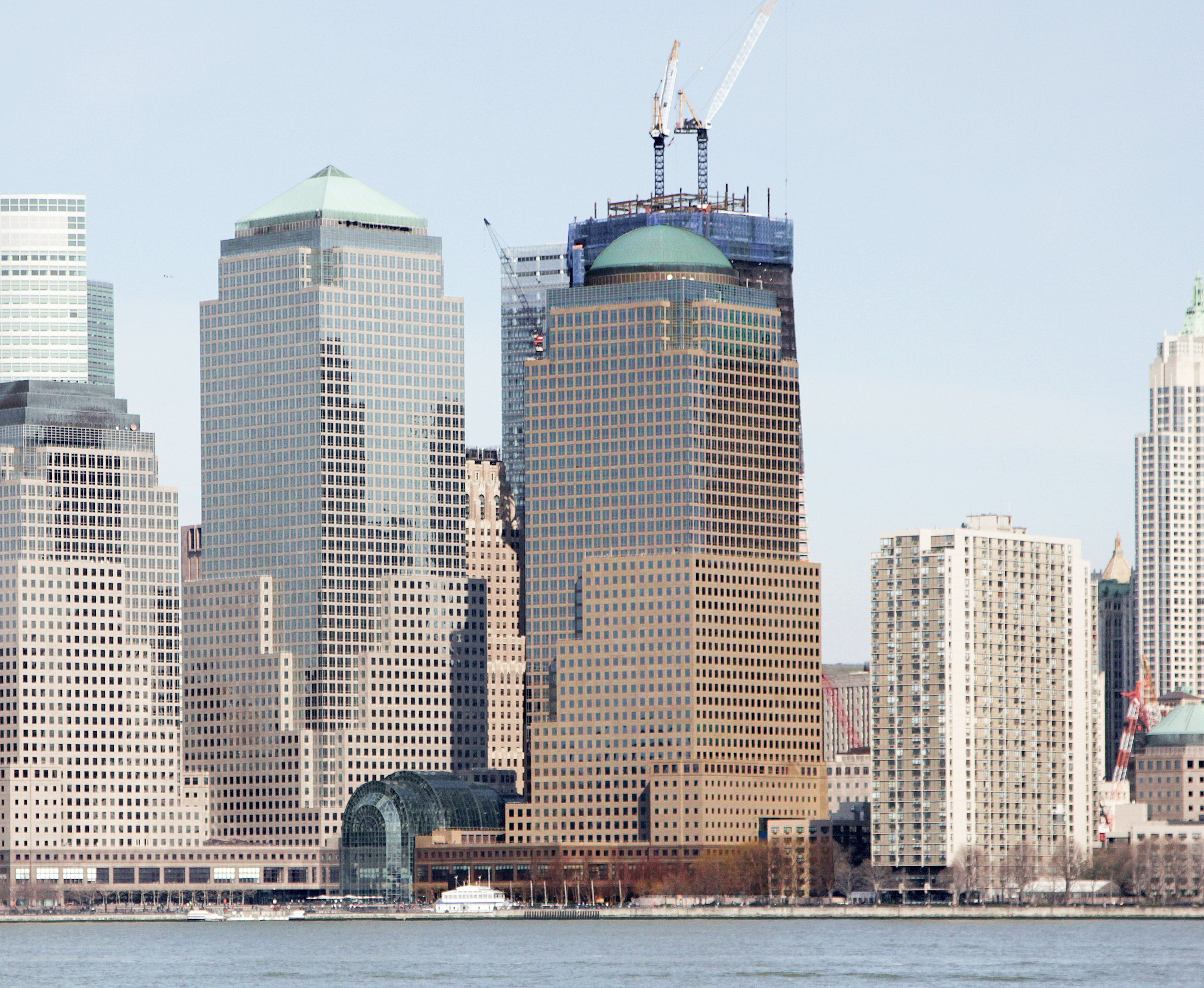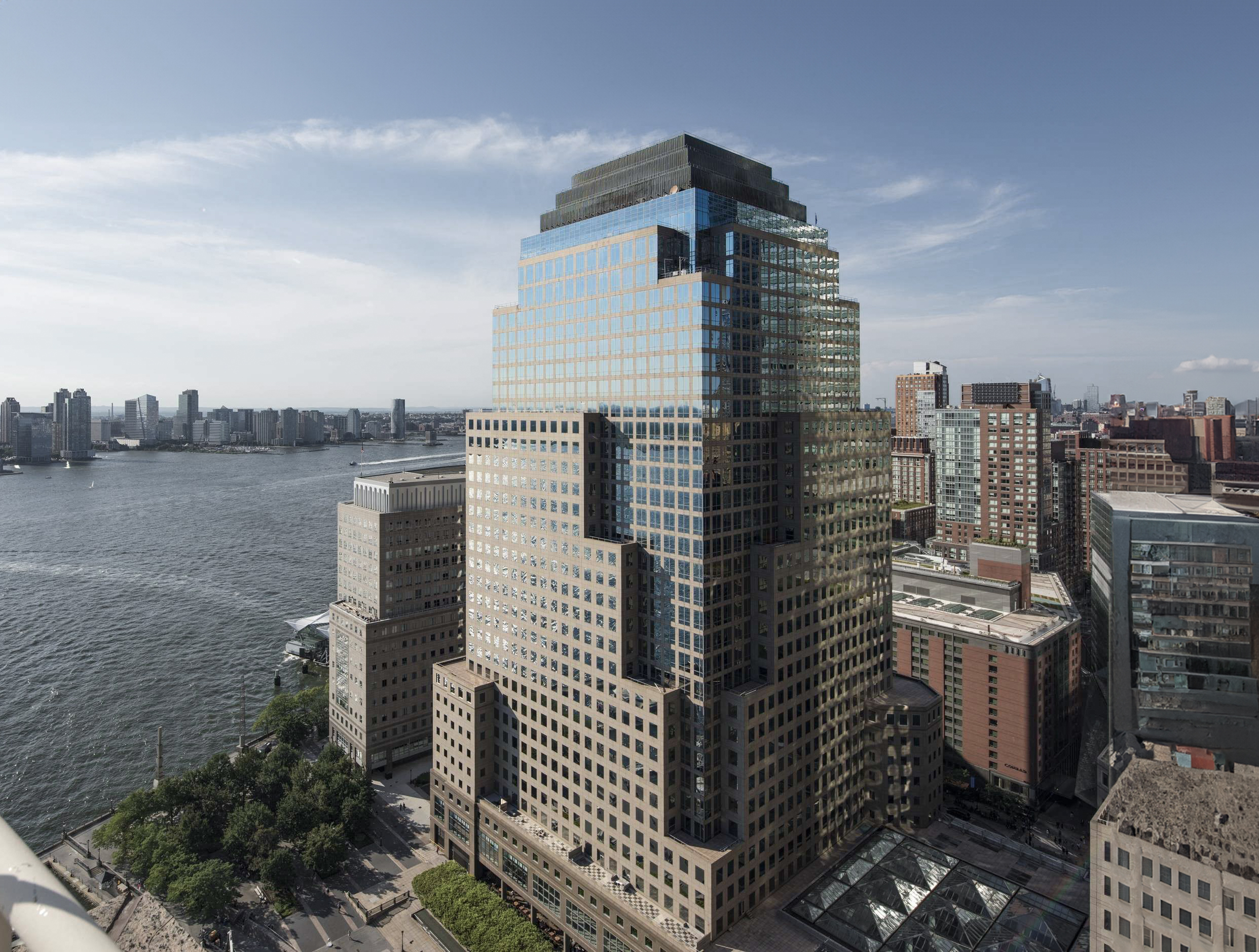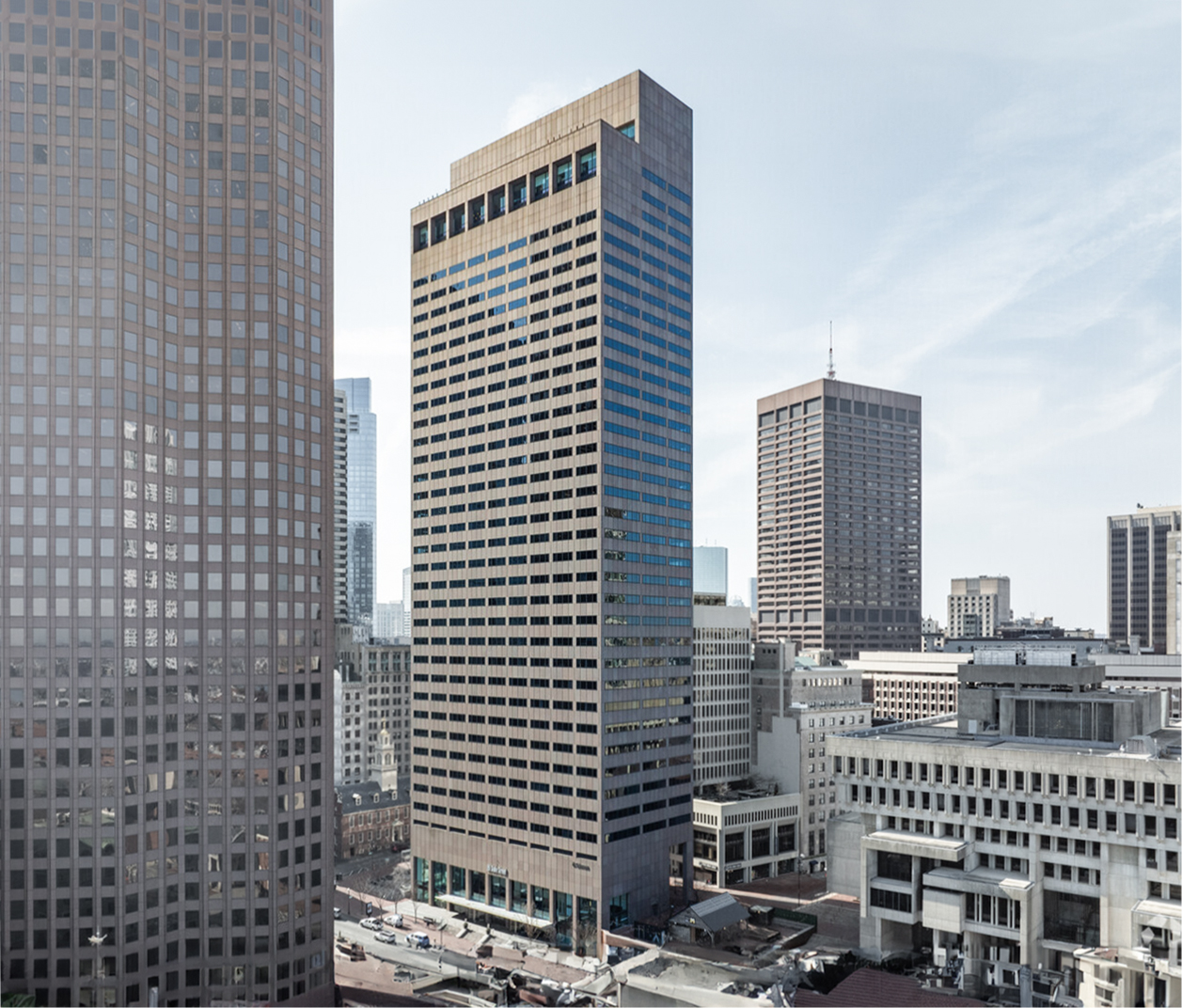The 1585 Broadway Building is a Postmodernist skyscraper designed by Emery Roth & Sons, in association with Gwathmey Siegel & Associates Architects, and built between 1989 and 1990 in New York, NY.
1585 Broadway Building is not the only name you might know this building by though. It is common for companies to want to attach their names to iconic buildings when they move in, or for the general public to come up with nicknames, and this one is no exception. The 1585 Broadway Building is also known, or has been known as, Morgan Stanley Building, or Morgan Stanley Dean Witter Corporate Headquarters.
Its precise street address is 1585 Broadway, New York, NY. You can also find it on the map here.
In 1998 the 1585 Broadway Building was awarded with the BOMA Award .
The building underwent a major restoration in 2000. The architect commissioned to undertake this restoration was Highland Associates.













